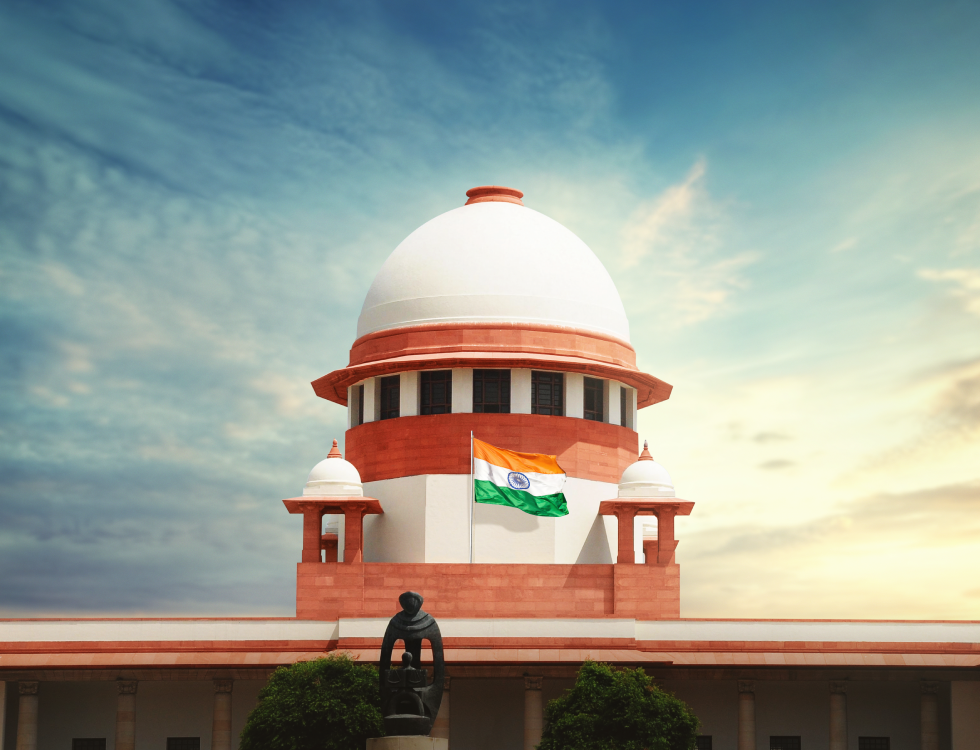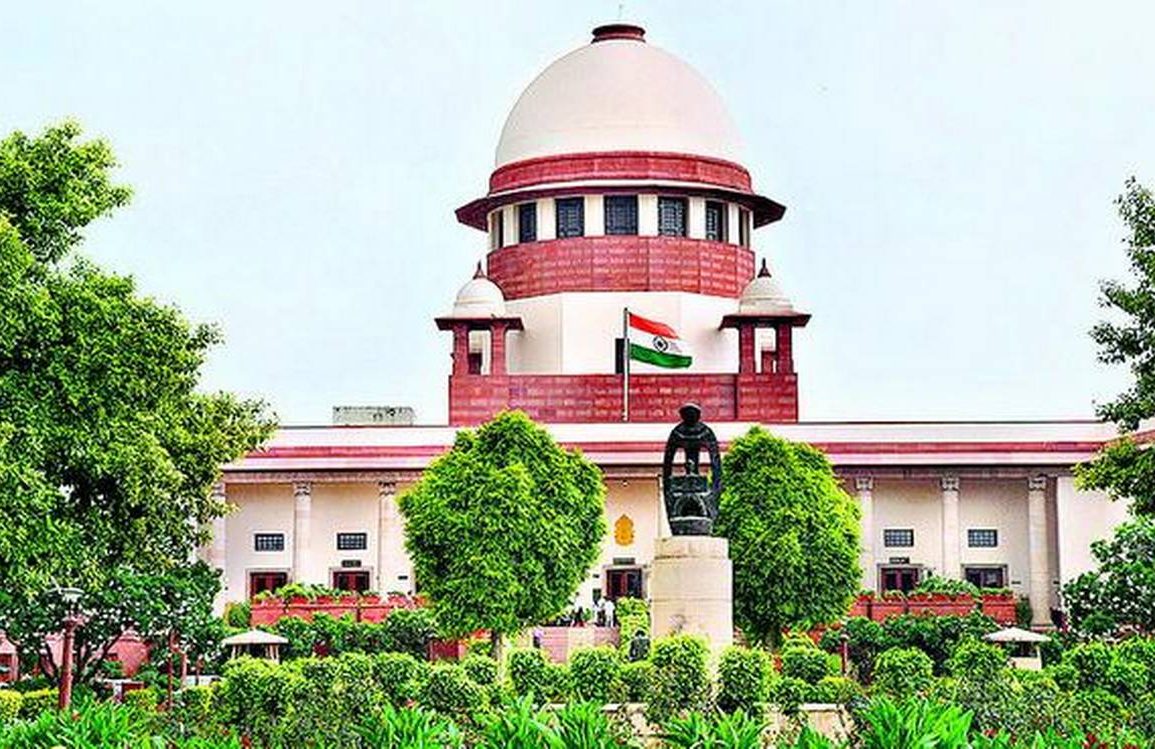The Supreme Court of India is the highest court of the land, playing a crucial role in upholding the Constitution and ensuring the rule of law. As the apex court, it is responsible for interpreting the laws of the land, resolving disputes, and providing justice to the citizens of India. We will go into the functions and role of the Supreme Court of India, exploring the court’s composition, juridical powers, and the process of cases being heard and decided.
Composition and Jurisdiction
The Supreme Court of India is composed of the Chief Justice of India and a maximum of 34 puisne judges. The court is empowered to hear and determine any civil or criminal matter, including appeals from the High Courts and special Tribunals. The Supreme Court’s jurisdiction ranges from interpreting the Constitution to resolving disputes between the Centre and the States, or between States. Its jurisdiction can be broadly categorized into original jurisdiction, appellate jurisdiction, and advisory jurisdiction.
The court’s original jurisdiction is exercised in matters where the High Courts of the States are not empowered to decide cases. This includes disputes between the Centre and the States, or between States, which can only be resolved by the Supreme Court. Its appellate jurisdiction, on the other hand, allows it to hear appeals from the High Courts and special Tribunals. The Supreme Court can set aside or modify the orders of the High Courts, ensuring that justice is served.
Process of Cases

The Supreme Court’s process of cases begins with the filing of a petition or appeal by a party. The court has the discretion to admit or reject the petition, considering factors such as the maintainability of the case, the locus standi of the parties, and the likelihood of success. Once a petition is admitted, it is clubbed with other similar cases or scheduled for hearing. The court uses a double bench (two judges) or a larger bench (three or more judges) to hear cases, depending on the complexity and importance of the matter.
After hearing the arguments, the judges of the Supreme Court deliberate to arrive at a decision. In cases of disagreement, the judges may seek a majority verdict or even a review of the judgment. The court’s judgments are final and binding on all concerned, except in cases where the Constitution allows for a review or appeal.
Power of Judicial Review
One of the Supreme Court’s most significant powers is that of judicial review. This enables the court to strike down laws, regulations, or executive actions that are unconstitutional or violate the fundamental rights of citizens. The power of judicial review is crucial in ensuring that the Legislature and the Executive adhere to the Constitution, and that the rights of citizens are protected.
Impact and Significance
The Supreme Court of India plays a vital role in shaping the country’s legal terrain and ensuring that justice is served to all. Its judgments have far-reaching implications, influencing the lives of citizens and the functioning of government institutions. The Supreme Court’s role in upholding the Constitution and protecting the fundamental rights of citizens is unparalleled, making it an indispensable institution in India’s democracy.
The Supreme Court of India is a vital institution that plays a crucial role in ensuring the rule of law and upholding the Constitution. Its composition, jurisdiction, process of cases, and power of judicial review are all important aspects of the court’s functions. As the apex court of the land, the Supreme Court of India is a symbol of India’s commitment to the principles of justice, equality, and democracy.


